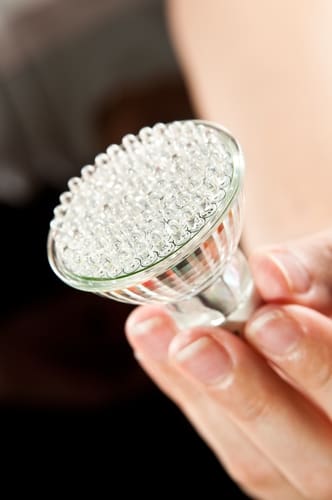At this point in time, it's no secret that outdoor and indoor LED lighting setups are becoming fairly prominent in both residential and commercial settings. LED bulbs are known largely for their efficiency, long life and considerable brightness. That said, when making the decision regarding whether or not to implement them on a large scale, these are far from the only three factors that need to be considered. Take a look at some of the more nuanced elements that must go into any choice of lighting platform.
Color rendering index and glare
As defined by the International Council on Illumination, the color rendering index (CRI) is a measurement of a light source's effect on the color of the objects in its proximity. In a recent release, Stephen Naor, CEO of Leapfrog Lighting, spoke to this factor's importance.
"It's a good first step that we target higher CRI bulbs – that more faithfully reproduce the full spectrum of natural light," Naor said. He went on to cite reduced glare and even distribution of light as important elements to consider in the implementation of any LED-based efficient commercial lighting system.
Junction temperature
This refers to the temperature of the connection between an LED bulb's individual diodes and base. According to Electronic Design, it is optimal that this temperature remain below 120 degrees Celsius. If that is exceeded, the LED runs the risk of less effective performance – and, if the problem is left unmitigated, the bulb (or bulbs) could fail.
As such, it behooves those who are picking out an LED lighting system for commercial use to ensure that it is designed to funnel excess heat away from the P-N junction of the semiconductors within the bulbs.





